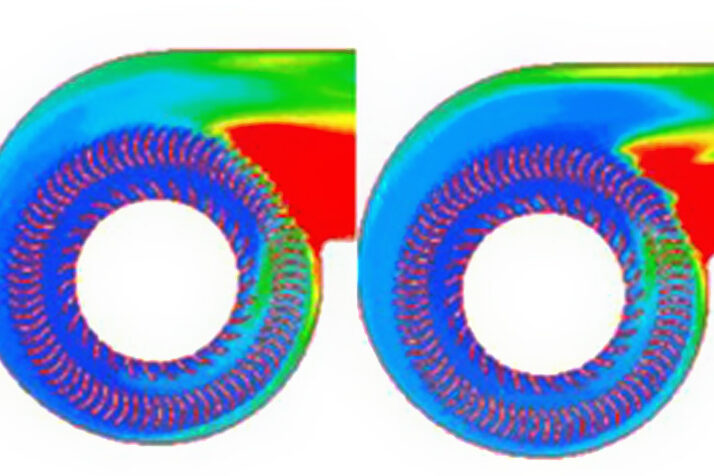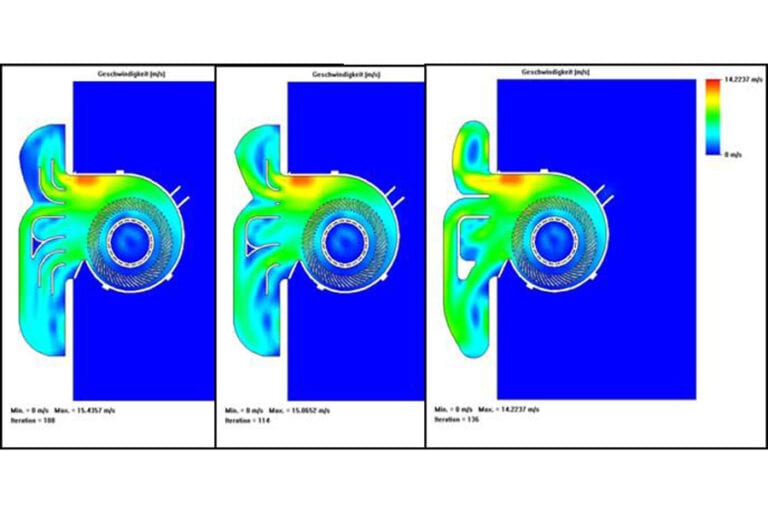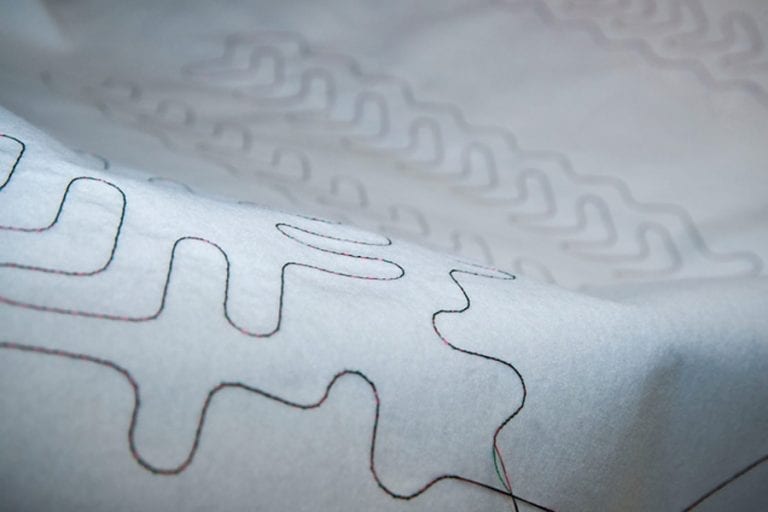
Many upheavals are currently taking place in the automotive market. Energy-saving drives, CO2 emission limits and electromobility are causing development surges just as much as assistance systems, driver status recognition, vehicle networking, rising comfort requirements and an increase in model diversity. In addition, the increasing demands for durability, functionality and cost reduction challenge our innovative strength.






















